In today's changing world there is a growing need, for adaptability, scalability, and smooth distribution of content across multiple channels. The traditional content management systems, which used to be workhorses are now being overshadowed by a solution; the Headless CMS. This amazing technology has quietly brought about a revolution, in how organizations produce, control, and distribute their content.
Just imagine a world where content creators can fully focus on their work while developers have the power to effortlessly deliver that content to platforms.
- Traditional CMS vs Headless CMS
- How Headless CMS Works
- Benefits of Headless CMS
- Areas of Use
- Implementing Headless CMS And Best Practices
- Future Trends in Headless E-commerce
1. Traditional CMS vs Headless CMS
| Feature | Traditional CMS | Headless CMS |
|---|---|---|
| Architecture | Monolithic architecture combines content creation, storage, and presentation in a single system. | The decoupled architecture separates content creation and storage from the presentation layer, enabling content delivery to various platforms and devices. |
| Flexibility | Limited flexibility, as content is tied to a specific presentation layer. | High flexibility with content reusable across different platforms, offering a consistent message. |
| Customization | Customization may be constrained by the CMS's built-in features and templates. | Highly customizable, allowing organizations to create unique front-end designs and functionalities. |
| Scalability | Limited scalability due to the rigid structure and potential performance limitations. | Highly scalable, adapting to new digital channels and devices as they emerge. |
| Security | Security is provided but can vary based on the CMS platform used. | Often includes robust security features, protecting content and data effectively. |
| Content Delivery | Content delivery is typically limited to the website associated with the CMS. | Content can be delivered through APIs to multiple platforms, including websites, apps, and IoT devices. |
| Multi-Channel Support | Limited support for multi-channel content delivery. | Excellent support for multi-channel content delivery, making it ideal for delivering content to diverse platforms. |
| Learning Curve | Relatively low learning curve for non-technical users. | May have a higher learning curve, as it often requires a developer-centric approach to content management. |
2. How Headless CMS Works
A Headless Content Management System (CMS) functions, by separating the creation and storage of content (backend) from how it's presented (frontend). In this decoupled structure content is created and managed within the CMS backend while the frontend – which can consist of channels and devices – retrieves content through APIs.
This separation offers flexibility as it allows organizations to seamlessly deliver content to websites, mobile apps, IoT devices, and more. Content creators can solely focus on creating content while developers have the freedom to customize the presentation layer for optimal user experiences, across platforms. The use of a Headless CMS empowers businesses to quickly adapt to evolving strategies. Ensures that consistent and engaging content is delivered to their audiences.
3. Benefits of Headless CMS
The benefits of headless CMS are numerous and range from content flexibility to scalability. Here are some of the key benefits of using headless CMS:
a) Content Flexibility
One of the most significant advantages of headless CMS is the content flexibility it provides. With traditional CMS platforms, the content is tied to a specific design or template, limiting the ability to customize it. Headless CMS separates the content from the presentation, allowing content creators to create and manage content without worrying about how it will be displayed. This means that the same content can be displayed differently on various devices, such as mobile phones, tablets, and desktops.
b) Enhanced Security
Headless CMS also provides enhanced security compared to traditional CMS platforms. With headless CMS, the content is stored in a backend database, making it less vulnerable to attacks. Additionally, headless CMS platforms are designed to be highly scalable, meaning they can handle high traffic without compromising on security.
c) Scalability
Another significant benefit of headless CMS is scalability. Traditional CMS platforms can be challenging to scale, especially when dealing with high traffic. With headless CMS, the front-end and back-end are separate, allowing for better scalability. This means that content creators can create and manage content without worrying about how it will be displayed on different devices.
d) Content Delivery
Headless CMS also provides better content delivery options. With traditional CMS platforms, the content is delivered through a single channel, such as a website. Headless CMS allows content to be delivered through multiple channels, such as mobile apps, smart speakers, and chatbots. This means that content creators can reach their audience through various devices, increasing their reach and engagement.
4. Areas of Use
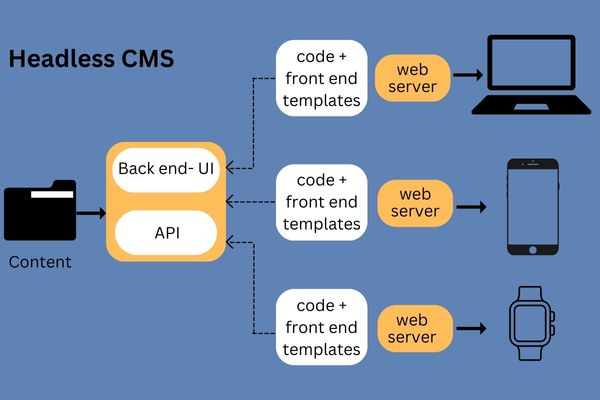
Headless CMS can be used in various industries and applications. Here are some of the key areas of use for headless CMS:
a) Multichannel Content Delivery
Headless CMS excels in delivering content to various channels and platforms, including websites, smart speakers, chatbots, mobile apps, IoT devices, and even emerging technologies like voice assistants. This is ideal for organizations that need to maintain a consistent message and user experience across different touchpoints
b) E-commerce
Online retailers can benefit from Headless CMS by centralizing product information and content management. This ensures that product details, pricing, and availability are consistent and up-to-date across multiple sales channels, such as websites, mobile apps, and marketplaces.
c) Media and Publishing
News organizations and content publishers can use Headless CMS to efficiently manage and deliver articles, images, videos, and other content to their websites, mobile apps, and social media platforms. It allows for streamlined content creation and delivery.
d) IoT
In IoT applications, Headless CMS can manage and deliver content to a variety of connected devices, including smart appliances, healthcare devices, and manufacturing equipment. It facilitates real-time updates and content distribution to these devices.
e) Custom Web Application
Organizations building custom web applications or websites with unique design and functionality requirements can leverage Headless CMS. They can use APIs to access and display content as needed, giving them greater flexibility in design and layout.
f) Omnichannel Marketing
Marketers can use Headless CMS to create, manage, and distribute marketing content across multiple digital channels, including websites, social media, email, and more. It enables consistent messaging and branding.
5. Implementing Headless CMS And Best Practices
Implementing headless CMS and best practices requires careful planning and execution. Here are some of the key steps.
a) Evaluate Your Needs
Start by identifying your content delivery requirements, which may encompass the types of content you create, the number of platforms and devices you need to support, and your scalability needs.
With a clear understanding of your goals, you can then select a Headless CMS that aligns with these requirements, ensuring that it can seamlessly deliver content to the diverse channels and applications vital for your digital strategy. By aligning your CMS choice with your specific needs, you'll be well-positioned to streamline content management and create consistent, engaging experiences across various digital touchpoints.
b) Choose the Right Headless CMS
Select a Headless CMS that aligns with your goals and requirements. Consider factors like ease of use, content modeling capabilities, scalability, and the availability of necessary APIs and integrations. Some popular Headless CMS options have been mentioned in a previous response.
c) Data Migration
The next step is to migrate your existing content to the headless CMS platform. This involves transferring all your content from the existing CMS platform to the new headless CMS platform. It requires careful planning, mapping, and validation to prevent data loss, errors, or disruptions.
d) Content modeling
Crafting a well-defined content model is structuring your content to harmonize with your unique objectives. It involves identifying the diverse content types you'll be handling, defining the vital fields and attributes for each type, and creating an orderly taxonomy to categorize content logically. A robust content model doesn't just simplify content creation and management; it also guarantees uniformity and seamlessness across all your digital platforms, enhancing the user experience for greater engagement and coherence.
e) API Integration
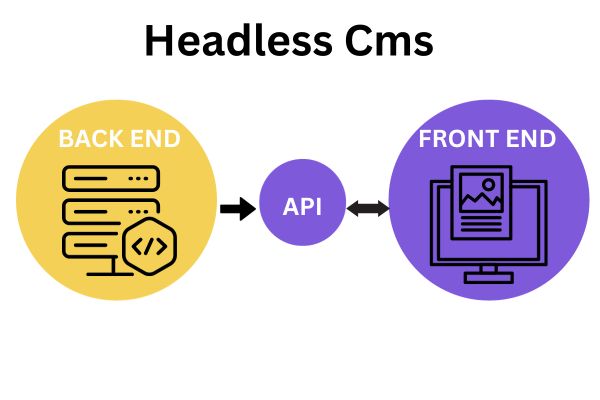
Most Headless CMS platforms provide APIs to access and retrieve content. Develop or configure APIs for your front-end applications to fetch content from the CMS. These APIs allow you to display content on websites, apps, and other channels.
f) Training and Support
Once the data migration and API integration are complete, it is essential to provide training and support to your content creators and developers. This includes training on how to use the new CMS platform and providing ongoing support to ensure that they can create and manage content effectively.
g) Testing and Optimization
Finally, it is essential to test and optimize the headless CMS platform to ensure that it meets your organization's needs. This entails assessing the platform's scalability, security, and content delivery capabilities. Continually fine-tune the content delivery process, keeping a close eye on performance and guaranteeing that content stays current and consistent across all your platforms.
6. Future Trends in Headless E-commerce
In the future, Headless CMS will see increased adoption, especially among enterprises, driven by its proven flexibility and security. Personalization will be paramount, and Headless CMS's ability to deliver personalized content across channels will be key. Its seamless integration with various techs, like AI and marketing automation, will reinforce its position as the central hub for content management.
With AI and machine learning, it will offer more sophisticated, automated content features, solidifying its role in delivering dynamic, personalized digital experiences.




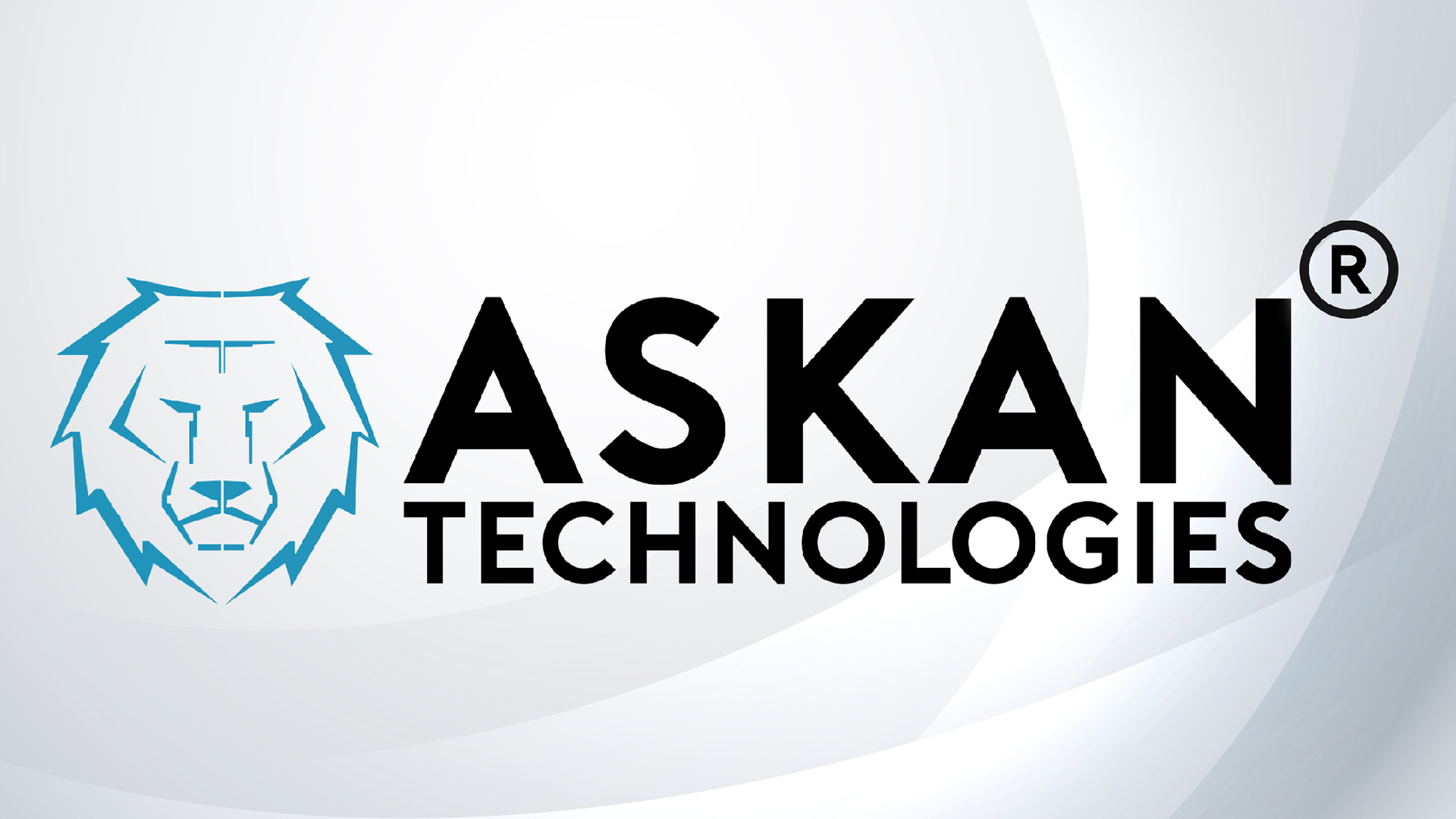

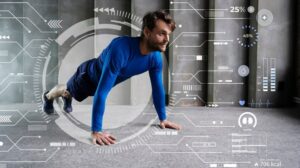
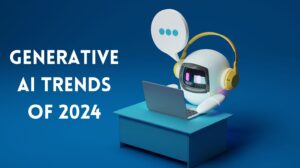

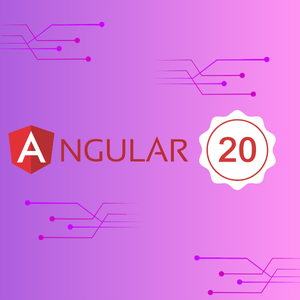
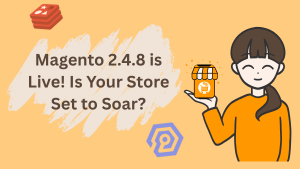
The Power of Headless CMS: Revolutionizing Content Management
In today’s changing world there is a growing need, for adaptability, scalability, and smooth distribution...
Share this link via
Or copy link